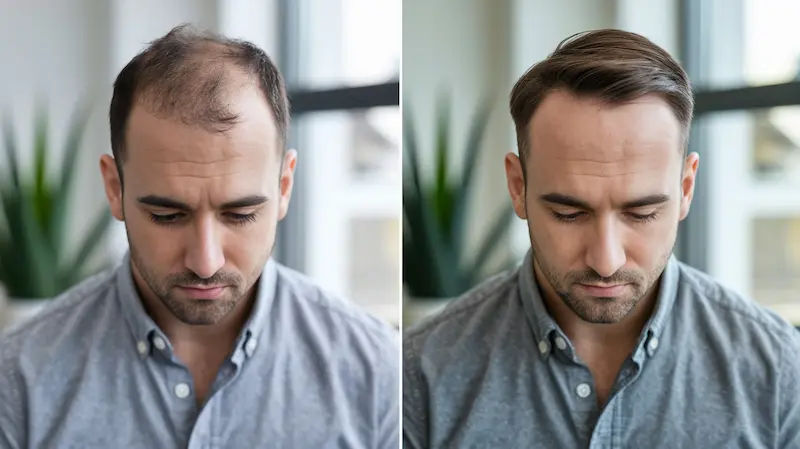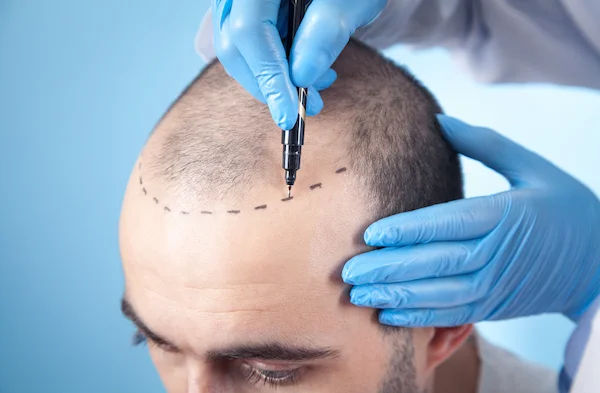- Male
- 22 Years
- 07/02/2025
I'm noticing these small white and yellowish spots on the corners of my lips, and they've been there for about a month. They don't hurt or itch, but they look odd when I see them in the mirror. Any idea what this could be?
Answered by 1 Apollo Doctors
That could be Fungal infection or Vitamin Deficiency, visit Dermatologist for evaluation and appropriate management
Dr. Ibrahim Suggests...
Consult a Dermatologist
Answered 04/07/2025
0
0

More Dermatology Health Queries
View allI'm really struggling with my oily skin. My face is constantly breaking out, especially with pimples on my chin and blackheads on my nose. It gets worse right before or during my periods. I always seem to get at least one or two painful pimples that start reddish, then they turn yellowish with pus. They leave marks on my skin when they eventually go away. Its really frustrating and I dont know what to do. Can you give me any advice?
Thats Acne Vulgaris,needs treatment with antibiotics,visit Dermatologist for appropriate management and refrain from squeezing them and maintain personal hygiene
Answered by 1 Apollo Doctors
I'm really struggling with these freckles and DPNS on my face. Is laser treatment the only way to get rid of them? And if it is, how much would it cost? Also, I'm looking for a good skin clinic in Bangalore. Any recommendations?
Laser treatment isn't the only option for removing freckles and dark patches (DPNs) on the face, but it's a popular choice. Other treatments include chemical peels and skin lightening treatments. The cost of laser treatment in Bangalore can range from 4,000 to 14,500 per session. For chemical peels, it can cost between 2,950 to 8,500.
Answered by 1 Apollo Doctors
I'm a bit worried about the medication my doctor prescribed. It's Canditral 200, Histafree M, Omnacortil 5, and I'm also using Lulibrut cream. I'm just wondering if these are the right meds for my condition? Could you help me understand if this combination is safe and effective?
yes its correct treatment for fungal infection of the skin, personal hygiene is the main stay of treatment.
Answered by 1 Apollo Doctors
Disclaimer: Answers on Apollo 247 are not intended to replace your doctor advice. Always seek help of a professional doctor in case of an medical emergency or ailment.



